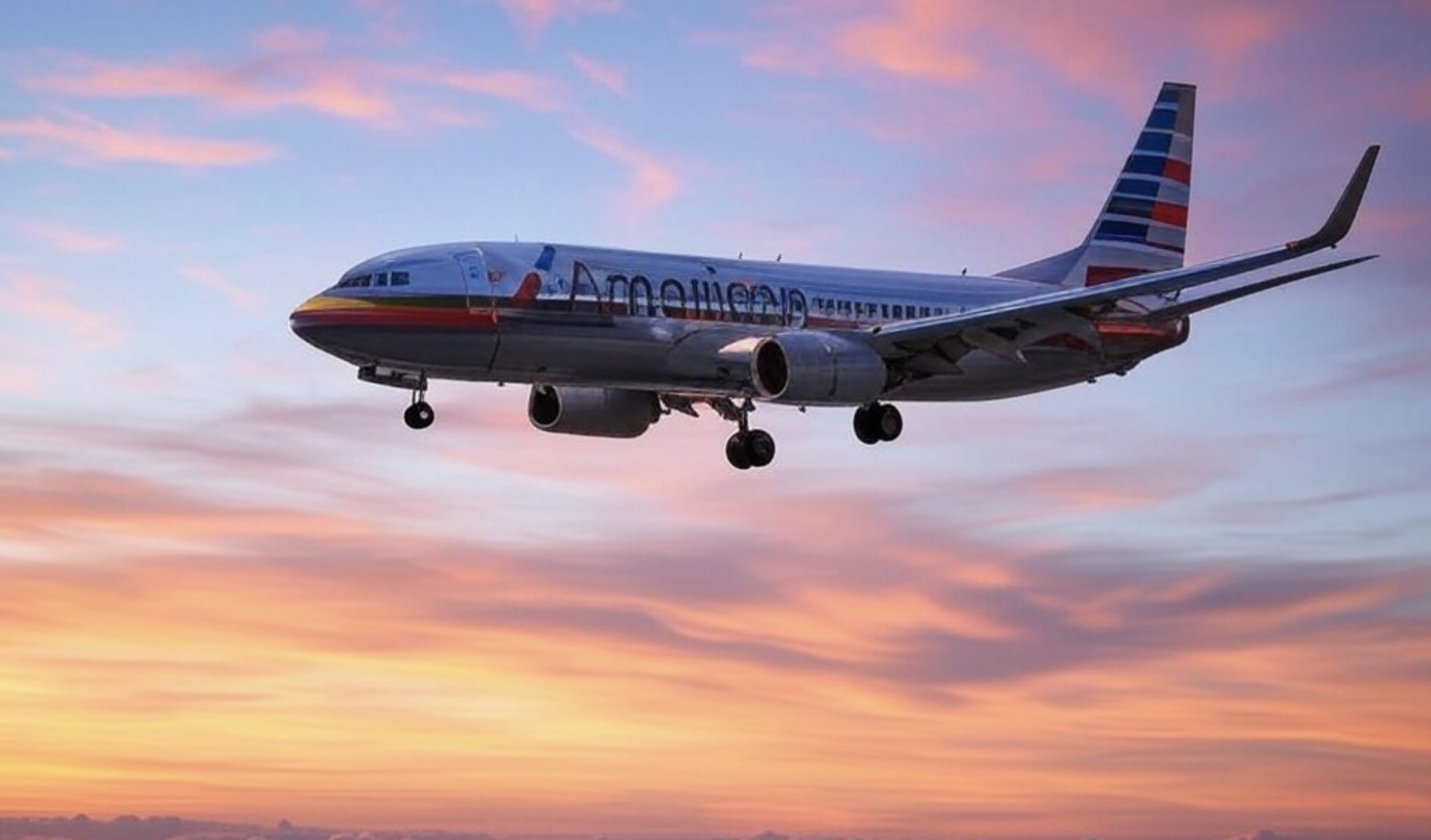An American Airlines flight heading from New York (JFK) to New Delhi (DEL) was diverted after a bomb threat emerged.
While details, are still developing, here’s what we know so far….
American Airlines Flight AA292 was diverted on it’s way to New Delhi and sent in a massive detour, retracing a large portion of its route and escorted by two fighter jets as it diverted and rerouted to land in Rome.
Here’s what it looked like:
AMERICAN AIRLINES FLIGHT NOW BEING ESCORTED BY EUROFIGHTER JETS TO ROME
American Airlines Flight AA292 from New York (JFK) to New Delhi (DEL) is now under fighter jet escort as it diverts to Rome due to a reported threat.pic.twitter.com/LIXGD02t5u https://t.co/vYkMGOT7Me
— Mario Nawfal (@MarioNawfal) February 23, 2025
The NY Post had more details:
An American Airlines flight from JFK airport to Delhi had to divert to Rome — and landed under fighter escort — after a bomb threat on board, according to reports.
American Airlines Flight 292 made an abrupt U-turn near Turkmenistan Sunday due to a “possible security issue,” American confirmed.
“Safety and security are our top priorities and we thank our customers for their understanding,” the statement from American Airlines read.
“We are working closely with local authorities and will provide updates as the situation develops,” the statement from American Airlines said.
The plane left John F. Kennedy International Airport in New York around 8:30 p.m. ET on Saturday for the 14-hour flight to India’s capital.
It landed in Rome at about 11:15 a.m. ET after making a massive loop back to Europe.
The biggest unanswered question in my mind is why make such a massive reroute to go back so far to land in Rome?
Why not land somewhere closer?
And why chose such a massively busy and occupied airport?
If there truly was a bomb on board, wouldn’t you want to divert to the smallest airport you could find that could still accommodate the giant Boeing 787-9 Dreamliner?
Grok had a few theories on why the diversion to Rome, but so far no clear answers have been given:
The decision to divert an American Airlines flight from New York to Delhi all the way back to Rome, rather than landing at a closer airport, is unusual and raises questions about the specific circumstances involved. While the exact reasoning hasn’t been fully disclosed as of now, several factors could explain this choice based on standard aviation practices and the context of the situation.
The flight, AA292, was diverted on February 23, 2025, due to a reported “potential security threat,” widely speculated to be a bomb threat. At the time of the diversion, the plane was over the Caspian Sea, roughly 10 hours into its 14-hour journey, placing it closer to Delhi than Rome. Yet, it turned around and flew approximately 4.5 hours back to Rome’s Leonardo da Vinci-Fiumicino Airport, escorted by Italian Air Force jets, landing safely after nearly 15 hours in the air.
One possible explanation is the nature of the security threat itself. If the threat specified a particular condition—like demanding the plane land in a specific region or country—Rome might have been chosen to comply with or manage that demand safely. Alternatively, if the threat was deemed credible but not immediately critical (e.g., no confirmed explosive device), the crew might have opted to divert to a location better equipped to handle the situation, rather than risking a landing in a less-prepared airport nearby.
Rome’s airport could have been selected for operational or security reasons. Major hubs like Fiumicino are accustomed to handling international flights, have robust security protocols, and can coordinate with authorities (like the Italian Air Force, which escorted the plane). Airports closer to the Caspian Sea—such as those in Azerbaijan, Turkmenistan, or even India—might not have had the same level of infrastructure, personnel, or geopolitical alignment to deal with a U.S. carrier facing a security issue. India, for instance, has been dealing with a wave of bomb hoaxes recently, which might have made authorities there wary of accepting a diverted flight with a similar threat, especially if it required extensive post-landing security checks.
Another factor could be fuel management and flight safety. The Boeing 787-9 Dreamliner has a long range, and after 10 hours aloft, it likely still had significant fuel reserves. Diverting to a nearby airport might have required dumping fuel to land safely, whereas flying to Rome allowed the plane to burn off fuel naturally, avoiding that step. The circling observed before entering Italian airspace suggests this might have been part of the plan.
It’s also possible that American Airlines’ operational network played a role. Rome is a destination served by American, meaning they have staff, maintenance capabilities, and logistical support there to manage the aircraft and passengers post-diversion. Closer airports might not have offered the same resources, potentially stranding the plane and complicating the response.
Without official details from American Airlines or the FAA beyond the “potential security threat” statement, these remain educated guesses. The diversion’s oddity—flying longer to Rome than it would’ve taken to reach Delhi—suggests a combination of threat-specific considerations, airport suitability, and airline logistics. More clarity will likely emerge as authorities complete their investigation.
We will continue to monitor the situation and bring you updates.

